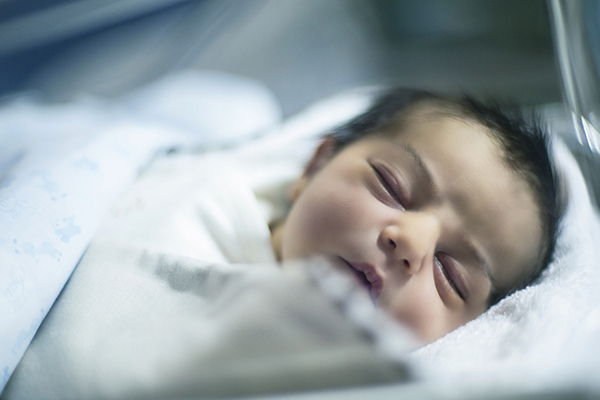
New Australian research has found that women who are infected with the HPV virus before giving birth are more likely to have an underweight baby.
Led by the University of South Australia, the team of researchers analyzed the Pap smear records of 31,827 women collected from the South Australian Perinatal Statistics Collection and the South Australian Cervical Screening Database.
The analysis showed that women who tested positive for HPV up to two years before giving birth had a 20 percent higher risk of having a smaller baby than women who tested negative, and a 50 percent higher risk of giving birth to a seriously underweight babies (less than 1500 grams).
Lead author Dr. Judy Ford commented that severely underweight babies not only have high rates of mortality, but are also more likely to experience learning and behavioral problems later in life, age prematurely, and go on to develop diabetes as an adult.
“The Human Papillomavirus (HPV) causes cervical cancer, which affects about 900 women in Australia each year, accounting for approximately 1.2 per cent of all cancers diagnosed in women,” explained Dr. Ford, “The next step is to link the Pap smear records to hospital records to see how these tiny babies fare during their childhood. It is possible that HPV invades the placenta very early in pregnancy and it may compromise embryos from the outset.”
Dr. Ford went on to conclude that, “The findings show how important it is for teenagers (both sexes) to take advantage of the HPV vaccination. Regular Pap smears are also important and while many women find them uncomfortable, we will soon be able to use a DNA test to detect the HPV virus. This can be done with a simple swab.”
The findings can be found published online in the Journal of Maternal-Fetal & Neonatal Medicine. JB
RELATED STORY:
Are pregnant women getting enough omega-3?














































